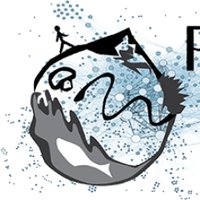Drivers of plant-associated invertebrate community structure in West-European coastal dunes
This article has been Reviewed by the following groups
Discuss this preprint
Start a discussion What are Sciety discussions?Listed in
- Evaluated articles (Peer Community in Ecology)
Abstract
No abstract available


